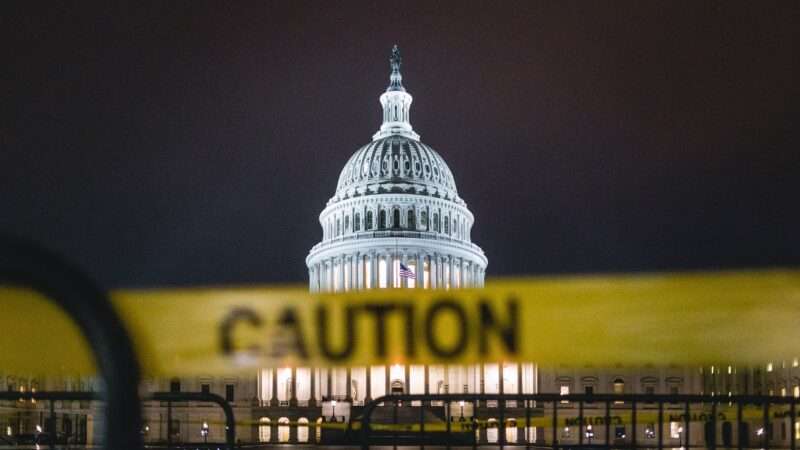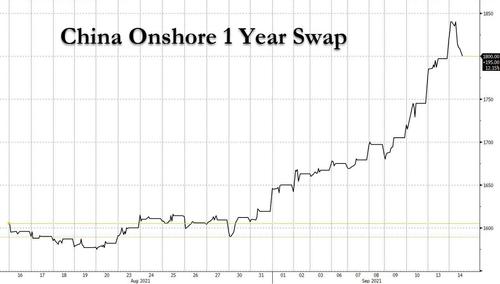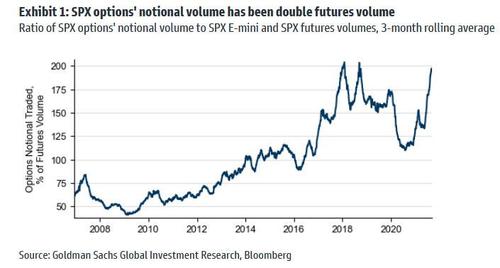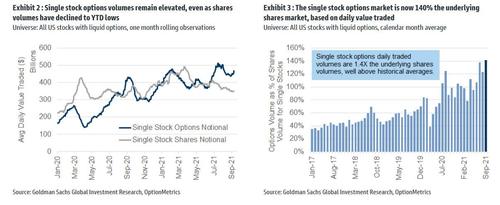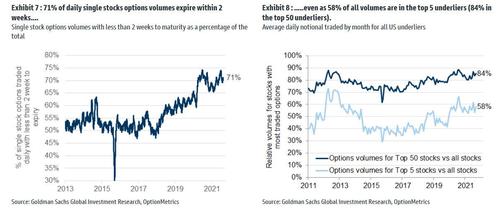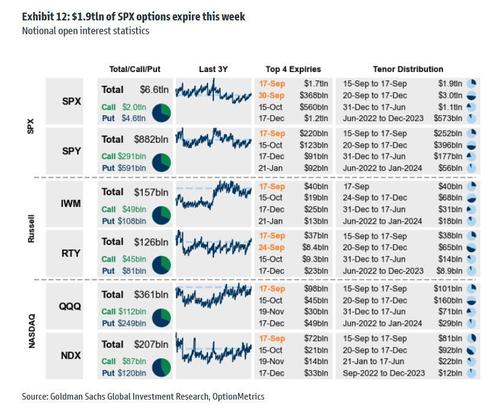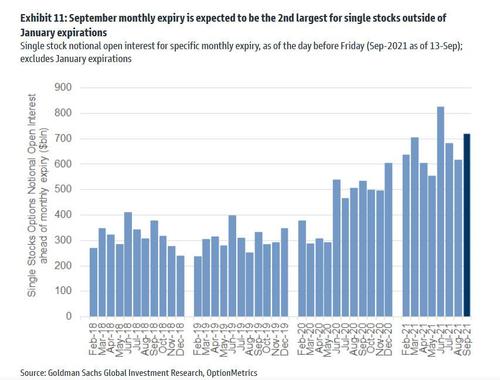Our second and third posts explained the limited offensive actions available to providers and advocates. This will likely require providers and advocates to raise their constitutional challenges to SB8 in a defensive posture in state court after being sued by a claimant for violating SB8. But providers so far have not performed or announced an intent to perform a prohibited post-fetal-heartbeat abortion that could trigger suit.
SB8’s civil action is available against any provider or advocate who (1) performs or induces a prohibited abortion, (2) aids or abets a prohibited abortion, or (3) intends to perform or aid a prohibited abortion. If an actual abortion is performed or assisted, the successful SB8 claimant can recover the statutory damage award of $10,000 or more, injunctive relief, and attorney’s fees and costs. But once the defendant demonstrates that the full statutory damages have been paid for any abortion, “a court may not award” further relief regarding that specific abortion. If instead the provider or advocate merely “intends to” engage in prohibited conduct, damages are not available; the successful claimant is limited to an award of injunctive relief and costs and attorney’s fees.
Two possible mechanisms exist to create a test case. First, a provider could announce an intent to perform, and an advocate could announce an intent to aid or abet, a prohibited abortion. Although statutory damages are not available, the provider and advocate could confront multiple simultaneous suits across the state seeking injunctive relief. In addition to the defense costs, the provider or advocate might be liable for multiple awards of attorney’s fees and costs to successful SB8 claimants.
The other mechanism is to perform one—and only one—prohibited abortion without indicating any intent to continue to do so. Although that triggers the statutory damage award of $10,000 or more if an SB8 claimant prevails, no subsequent court may award additional relief with respect to that abortion. Even if there are multiple suits filed, the provider or advocate will only be subject to one award of damages, attorney’s fees, and costs. This limitation on recovery to a single claimant may result in fewer copycat suits from other ideological opponents of abortion.
A potential risk, though, in performing or aiding a single abortion is that a suit may not be filed. Ideological opponents to abortion may prefer to wait until closer to the expiration of the four-year statute of limitations rather than participate in a test case challenging the constitutionality of SB8 shortly after it went into effect.
To ensure suit is filed, providers and advocates can take advantage of SB8 authorizing “any person” to sue. The suit does not have to be filed by an opponent of abortion; the claimant merely must seek the remedies against the provider or advocate authorized by the statute to sue under SB8. This allows providers and advocates to arrange litigation to be filed against them, even by parties sympathetic to abortion rights. It might be advantageous to ensure several suits are filed, with the providers and advocates pursuing different offensive and defensive litigation strategies to determine which, if any, are successful. The offensive litigation theory described in our third post could be pursued in one of the cases, while the various constitutional defenses we describe in our next post could be pursued in other cases.
Whether the SB8 litigation is arranged or brought by ideological opponents of abortion, providers and advocates will be in a defensive posture in state court. Although defendants have a right to remove state-court lawsuits to federal district court when the state-court plaintiff could have filed the action in federal court and the federal court would have had jurisdiction, removal of an SB8 suit is impossible.
A defendant can remove actions that arise under the Constitution, laws, or treaties of the United States. The central defense for advocates and providers is that the fetal-heartbeat provision violates Fourteenth Amendment due process. But federal-question jurisdiction adheres to the “well-pleaded complaint” rule, under which jurisdiction exists only if the federal issue enters the case as part of the plaintiff’s well-pleaded complaint; an anticipated federal defense to a state claim is insufficient to establish jurisdiction or to make the case removable. Although it is obvious that the providers and advocates will raise the constitutional defects in SB8 and the constitutional validity of SB8 will determine the outcome, SB8 actions are not within the district court’s original jurisdiction and are not removable as arising under the Constitution, laws, or treaties of the United States.
A second basis for removal is when a civil action is between citizens of different states where the amount in controversy exceeds $ 75,000. This requires complete diversity—no party from the same state as an adverse party. Complete diversity is unlikely because the probable plaintiffs are citizens of Texas, as are at least some of the probable defendants, such as doctors, nurses, and providers operating in the state. Moreover, the presence of one Texas defendant bars removal on diversity grounds under the forum-defendant rule. 28 U.S.C. § 1441(b)(2). A plaintiff—who likely wants to be in state court—can bar diversity removal by including one single Texas defendant.
A final—and insurmountable—hurdle to removal is lack of standing. SB8 authorizes “any person” to bring a civil action. That person need not have any connection to a particular post-heartbeat abortion or to a particular woman who sought or considered a post-heartbeat abortion. He need not have suffered any physical, monetary, or other personal injury. It is enough that he wants to file suit and obtain the statutory relief awarded.
Such plaintiffs lack standing in federal district court. Even where a legislature creates a cause of action and authorizes a person to sue, federal plaintiffs must show that they suffered an “injury in fact,” meaning some personal injury, whether tangible or intangible, analogous to recognized common law injuries. A court lacks jurisdiction to hear a claim based on a mere statutory violation, absent some other personal harm. And ideological objections are insufficient.
SB8 actions recall the California litigation in Kasky v. Nike. California’s unfair-competition law authorized “any person acting for the interests of … the general public” to bring an action, regardless of whether the plaintiff was injured or had a private right of action for the specific violation; this cause of action was as broad as the one in SB8, although the California law retained public enforcement. The plaintiff, a politically active consumer advocate, sued Nike in state court for false advertising, based on Nike press releases responding to reports about factory working conditions; Nike defended by arguing that their statements, even if false, were protected by the First Amendment. The California Supreme Court reversed dismissal of the action, holding that Nike’s press releases were commercial speech and subject to regulation under consumer-protection laws if false.
The Supreme Court of the United States granted certiorari, then dismissed as improvidently granted, dumping what many anticipated would produce a significant First Amendment ruling. Justice Stevens, concurring in the dismissal, and Justice Breyer, dissenting from the dismissal, agreed that the plaintiff lacked Article III standing to obtain original jurisdiction in federal court because he had not suffered any personal injury beyond the statutory authorization. The action could not have been litigated in federal district court, whether originally or on removal. Like the plaintiff in Kasky, SB8 plaintiffs could not file these actions in federal court (not that they would want to) and defendants cannot remove them, since removal requires an action that could have been filed in federal court.
Providers and advocates will thus have to pursue their defensive challenges in state court. The defenses available to them there will be the subject of our next post.

from Latest – Reason.com https://ift.tt/3lnKIVv
via IFTTT




